When I first set eyes on La Pelosa Beach in northern Sardinia, I just froze. The crystal-clear turquoise water meeting that shockingly white sand—it honestly took my breath away. Tucked near the town of Stintino, this beach often gets called one of Italy’s most beautiful coastal treasures, and I can’t say I disagree.
La Pelosa Beach gives visitors a real Mediterranean paradise vibe. The clear, shallow water stretches way out, so it’s perfect for swimming or bringing the kids. The soft sand feels almost like powdered sugar between your toes. The whole scene looks straight out of a glossy travel magazine.
When I visited, I couldn’t help but notice how the beach captures Sardinia’s wild beauty. The warm, shallow water shifts from turquoise to cobalt blue as the sun moves across the sky. If you’re dreaming of an Italian beach escape, this spot in northern Sardinia should be at the top of your list. Just a heads-up—after La Pelosa, other beaches might feel a little underwhelming!
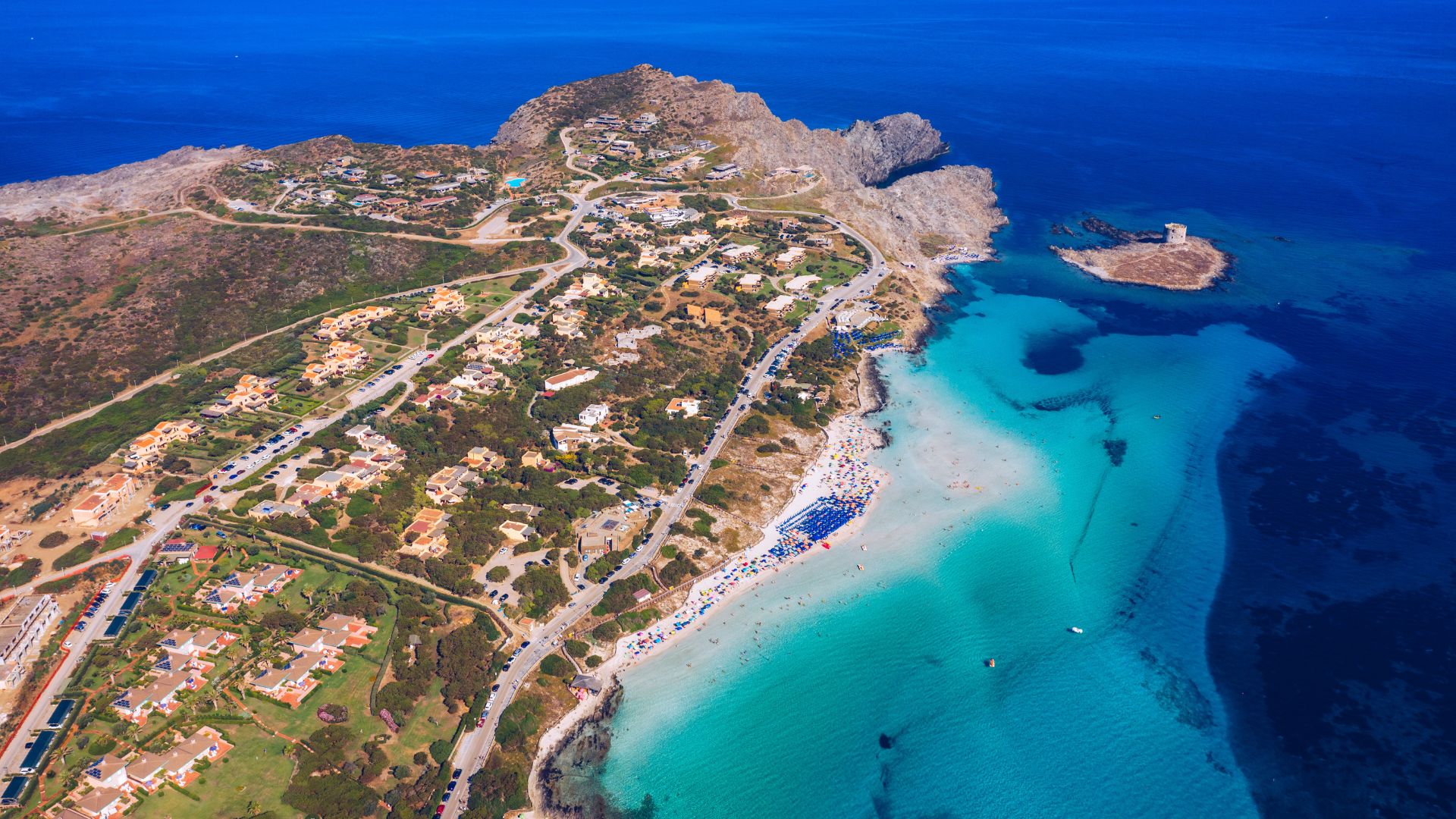
Discovering La Pelosa Beach: Location and Background
La Pelosa Beach draws people in with its unique character and jaw-dropping beauty. It’s one of Sardinia’s true coastal gems, blending natural splendor with a bit of fascinating history.
Where Is La Pelosa Beach?
You’ll find La Pelosa Beach at the northwestern tip of Sardinia, Italy, close to the cozy fishing village of Stintino. I stumbled upon this paradise tucked away in a protected bay facing the Gulf of Asinara. Capo Falcone rises to the west, sheltering the cove and keeping the waters calm.
Getting here is half the fun. From Alghero, I drove about 45 minutes north, winding along scenic coastal roads. The drive takes you through some classic Mediterranean landscapes before you finally arrive at this coastal treasure.
The setting feels special because of its position. The beach faces Asinara Island, and the old Pelosa Tower stands watch nearby—basically, it’s an Instagram dream.
History and Origins
La Pelosa Beach has a pretty rich backstory. The 16th-century Spanish watchtower (Torre della Pelosa) still stands, built to defend the coast from pirate raids.
The name “La Pelosa” actually comes from the Italian word “pelo,” or hair, probably thanks to the fine, hair-like seagrass you’ll spot in the shallow water.
This area used to be a quiet fishing spot before tourists discovered it. Stintino itself sprang up in 1885 when folks from Asinara Island had to relocate after their home became a prison and quarantine area.
Over the years, La Pelosa went from local secret to international hotspot. Even with the crowds, people have worked hard to keep its natural beauty intact.
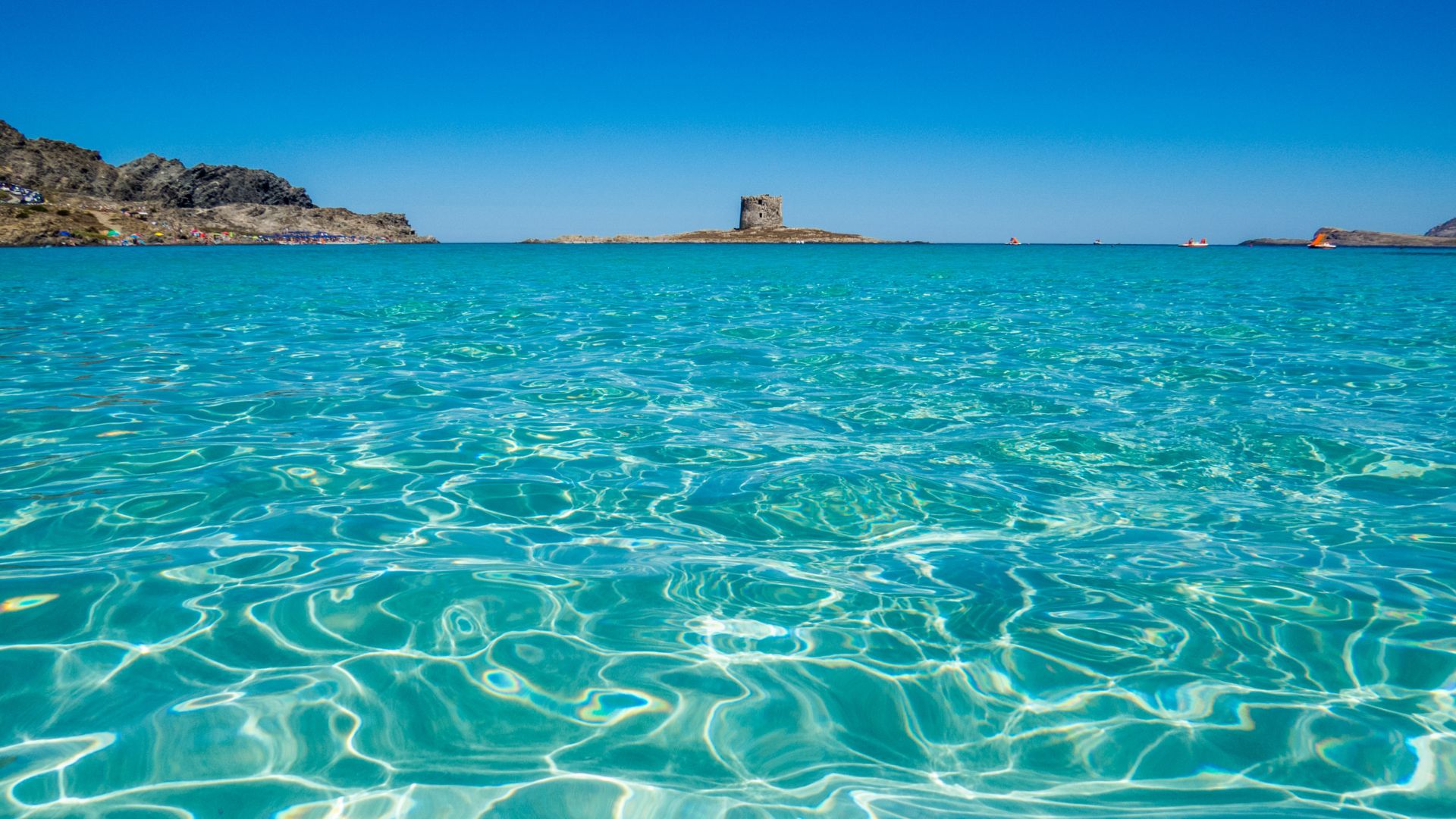
Why La Pelosa Beach Stands Out
What really sets La Pelosa Beach apart? The water. I’ve honestly never seen crystal-clear turquoise water that stays knee-deep so far from shore. Families and less confident swimmers love it.
The fine white sand feels like powder underfoot. Unlike so many Italian beaches covered in pebbles, La Pelosa gives you that soft, pristine sand that rivals the Caribbean.
You get this dramatic Sardinian landscape in the background, plus views of Asinara Island. The water’s so clear you can spot little fish swimming around your feet.
Because the beach has become so popular, you now need reservations during the peak summer months. Limiting daily visitors helps keep the place beautiful.
Windy days bring out water sports fans. I’ve watched windsurfers race across the bay, making the most of those perfect conditions.
The Natural Beauty of La Pelosa Beach
La Pelosa Beach keeps drawing visitors back with its remarkable natural features. The combo of pristine white sand and those wild turquoise waters almost feels tropical, even though you’re in the Mediterranean.
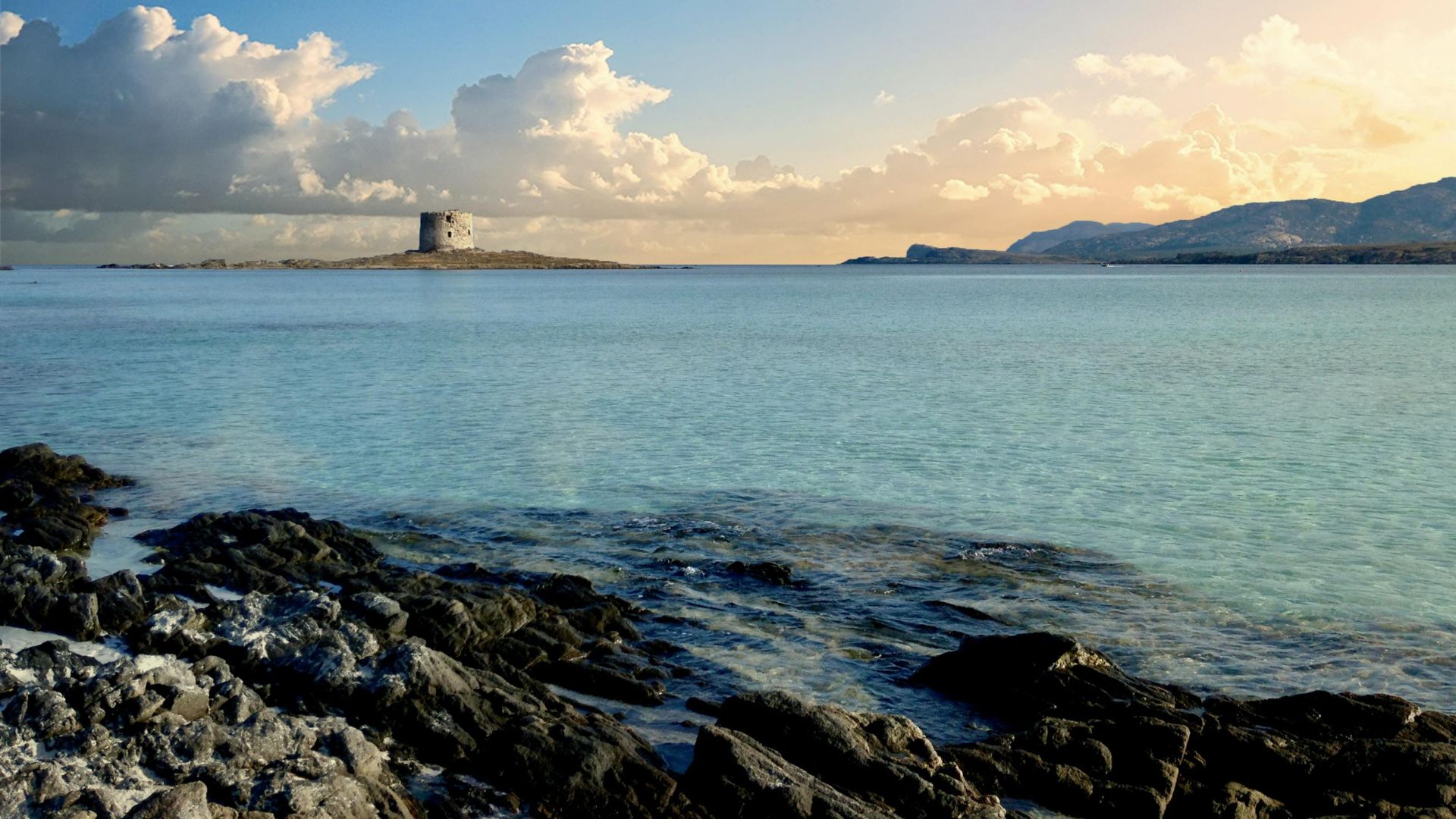
White Sandy Shores and Blue Waters
The first thing I always notice is the sand. It’s so fine and powdery—almost like flour between my toes. This special texture comes from tiny quartz and limestone fragments polished by the sea over centuries.
The contrast between the white sand and the vivid blue water is just unreal. I’ve seen the colors shift from bright azure in the morning to a deeper turquoise by afternoon.
Another thing that stands out: the water stays shallow for ages. You can walk way out and still only be knee-deep. For families, that’s a dream.
Crystal-Clear Waters and Scenic Views
The water at La Pelosa is next-level clear. On calm days, I spot little fish darting around my feet and see the sandy bottom meters from shore. If you love snorkeling, you’ll be in heaven.
From the shore, the views are just as good. You look out and see Isola Piana and the old Aragonese watchtower on Asinara Island. These landmarks give the beach a perfect backdrop.
The water stays pleasantly warm from June through September. Even in May, I’ve found it great for swimming. The gentle slope of the seabed keeps things safe, and when the breeze picks up, windsurfers appear.
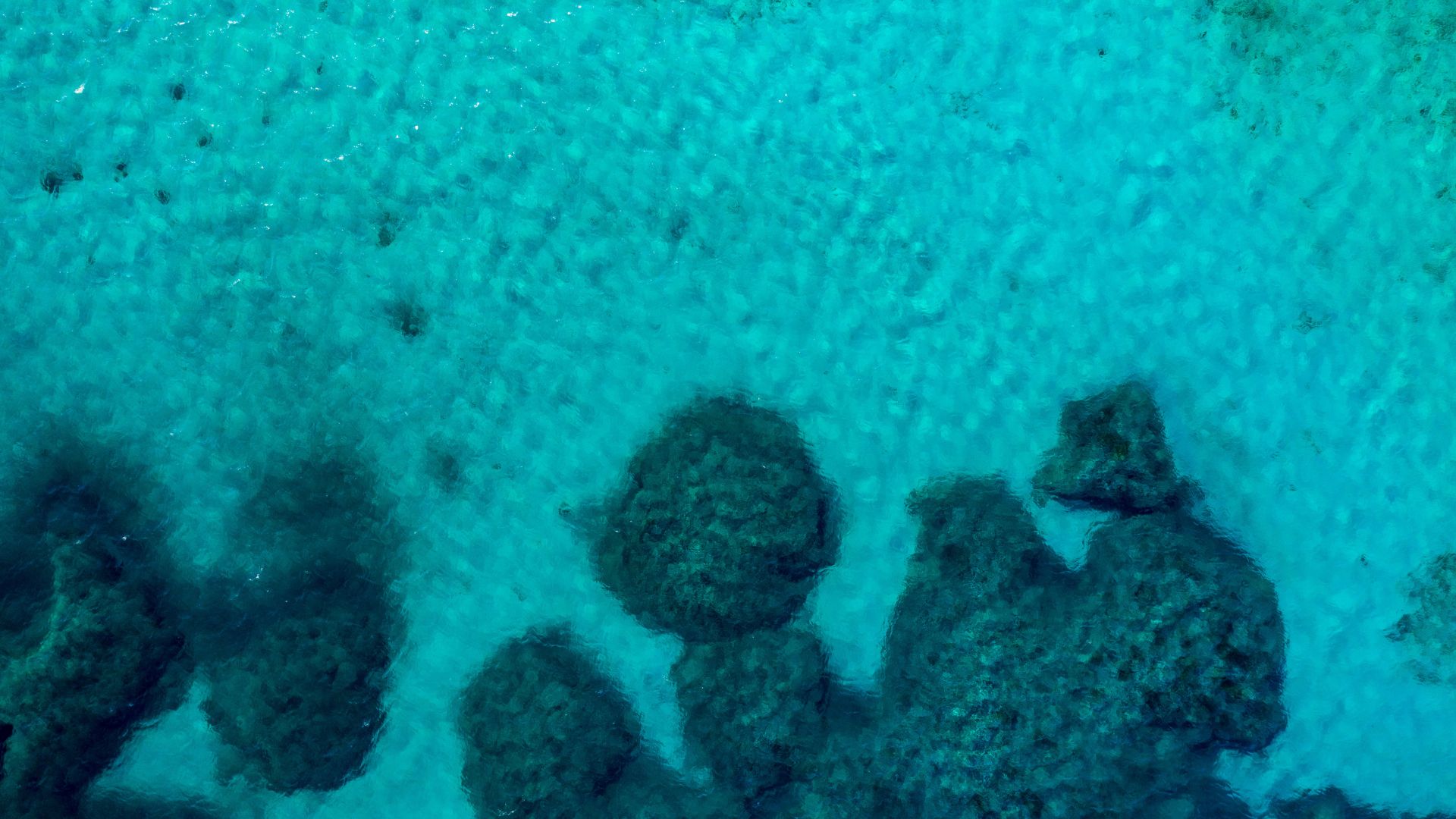
Limestone Cliffs and Natural Surroundings
La Pelosa isn’t just about sand and sea. Dramatic limestone cliffs rise near the beach, giving you something new to explore. Some spots even offer natural shade.
Capo Falcone frames the beach to the west, while the Gulf of Asinara opens to the east. This keeps the bay protected and the water calm most days.
The local vegetation adds pops of green everywhere. I love the scent of wild herbs in the heat—it just feels so Mediterranean. The area stays mostly unspoiled, making it feel like you’ve stumbled onto a hidden paradise.
Must-See Spots Near La Pelosa Beach
If you’re at La Pelosa Beach, don’t just stop there. You’ll find some fascinating attractions just minutes away that really round out your trip.
Torre della Pelosa
The Torre della Pelosa stands proudly on a little island just off the beach. Built in the 16th century, this Aragonese watchtower once kept pirates and invaders at bay.
At low tide, you can walk out to the tower across a narrow strip of sand. Bring your camera—the views from the base are unreal. The stone tower against the blue water makes for some killer photos.
It costs about €3 to get in, and inside you’ll find a small exhibition about the tower’s history and restoration. Go early or late in the day for fewer people and better light.

Asinara Island Adventures
A short boat ride from Stintino takes you to Asinara Island, which used to be a prison and now serves as a national park. The wild white donkeys roaming around? You won’t see that anywhere else!
I recommend booking a guided tour that covers transport from La Pelosa. Tours usually cost €40-60 and include stops at the old prison, beautiful beaches like Cala d’Arena, and some wildlife watching.
The island’s untouched nature is something special, and the waters are perfect for snorkeling. There are hiking trails all over, leading to some awesome viewpoints. Just remember to pack water, sunscreen, and snacks—services are pretty limited out there.
Stintino and Local Villages
Stintino, the fishing village, sits just 3 miles from La Pelosa. The colorful harbor, full of traditional wooden boats, gives you a glimpse into real Sardinian life.
I love wandering Stintino’s narrow streets and grabbing seafood at a family-run restaurant. If you’re a foodie, try the local bottarga (cured fish roe)—it’s usually served with pasta or as a starter.
The Museo della Tonnara tells the story of the area’s tuna fishing heritage with interesting exhibits. Entry is about €5, and it’s a cool way to learn about the traditions that shaped the region.
If you want more culture, head into the Gallura region’s villages. Artisans still work in weaving, ceramics, and woodworking, so you’ll find some unique souvenirs.
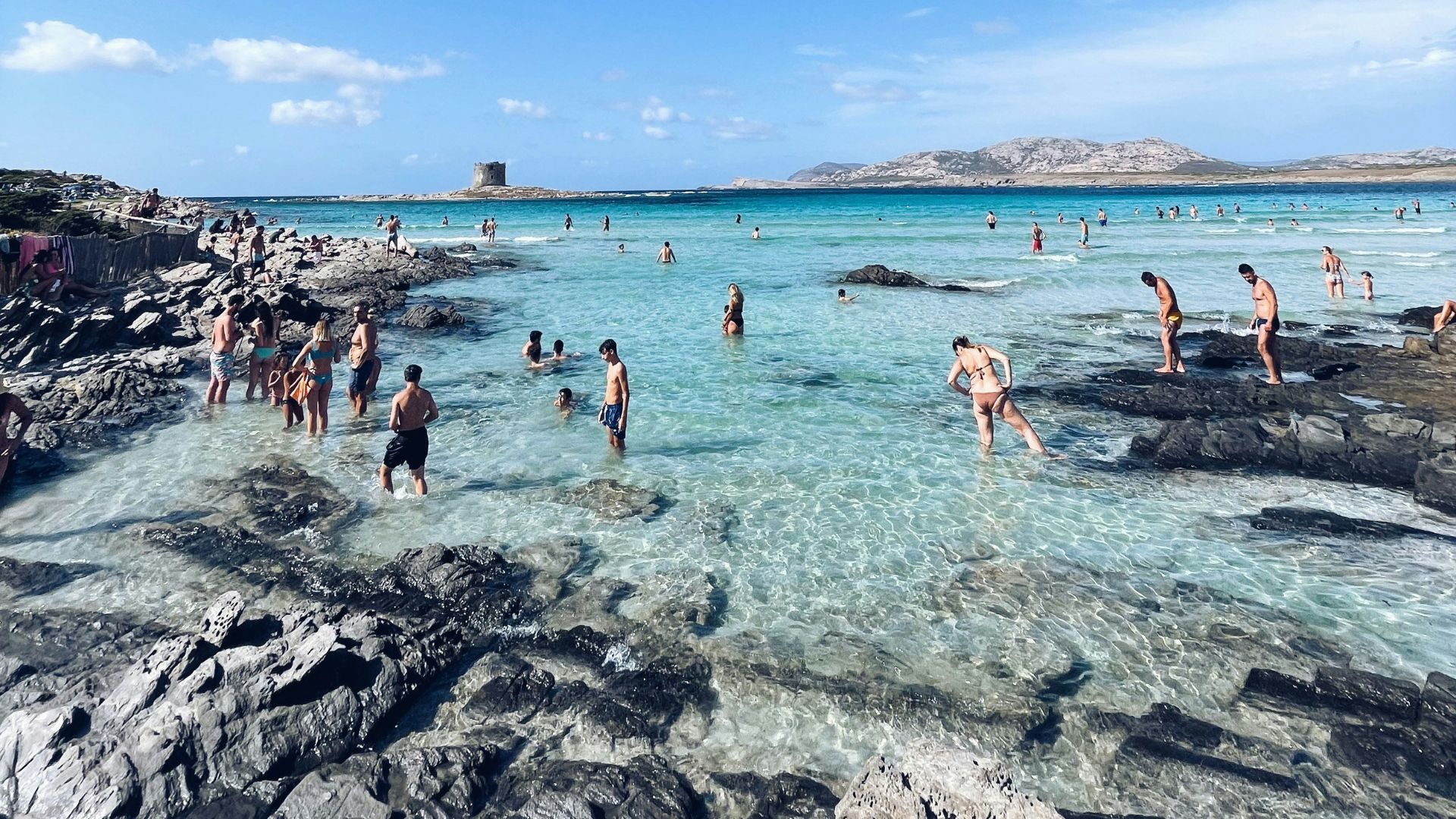
Activities and Experiences at La Pelosa Beach
You’ll find plenty more to do at La Pelosa Beach than just lying in the sun. The clear water and stunning surroundings make it a playground for all kinds of activities.
Snorkeling and Underwater Wonders
Those knee-deep, transparent waters make La Pelosa a fantastic spot for snorkeling. I’ve spent hours just floating around, watching colorful fish zip through the rocks.
The water’s so clear that even beginners get great visibility. You really just need a mask and snorkel to discover a whole new world.
Snorkeling here feels super accessible. The shallow water stretches out so far, making it safe for families and newbies alike.
Check out the rocky areas near the edges of the beach—you’ll often spot sea urchins, starfish, and even the occasional little octopus.
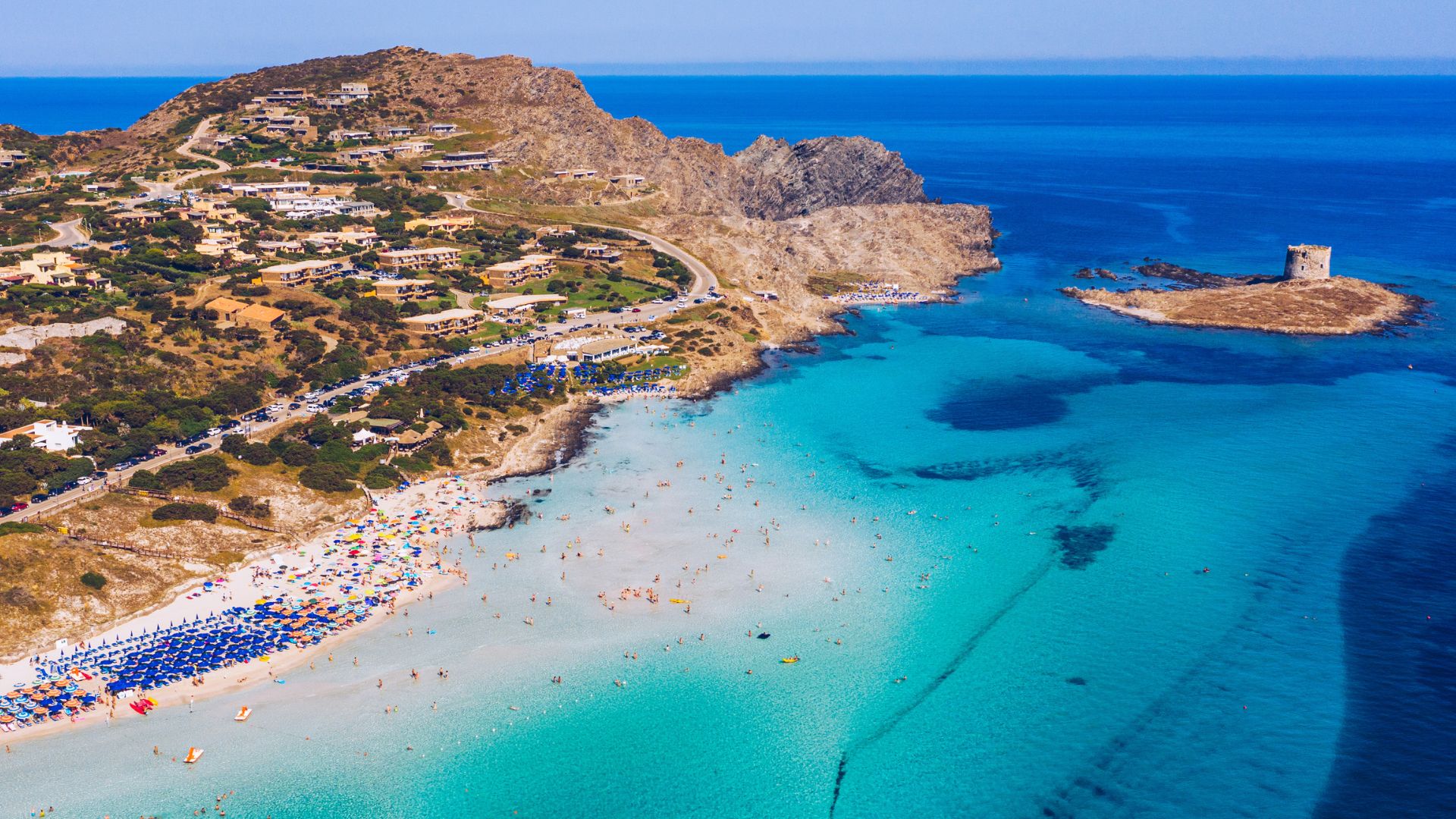
Sailing and Water Sports
When the wind picks up, La Pelosa becomes a water sports hotspot. I’ve seen windsurfers and kite surfers racing across the turquoise water, adding pops of color against the sky.
You can rent gear right on the beach or sign up for lessons if you’re just starting out. The steady wind makes it a great place to learn.
Sailing trips are another awesome option. Local operators offer boat tours along the coast and out to Asinara Island.
Most tours stop for swimming and snorkeling in hidden coves you can’t reach any other way. It’s a great escape from the crowds, especially in high season.
Hiking and Exploring Nearby Trails
If you want a break from the sand, the area around La Pelosa has some beautiful hiking trails. I like to head out early in the morning before it gets too hot.
Trails along the coast offer stunning views of the beach from above. Don’t forget your camera—the white sand and turquoise water look even more dramatic from up high.
For a bigger adventure, check out the trails in Asinara National Park. You get a mix of wild nature and a bit of quirky history since the island used to be a prison and quarantine station.
Most trails are well-marked and not too tough, so casual hikers can enjoy them. The rugged scenery and Mediterranean plants make it a peaceful escape from the busy beach below.
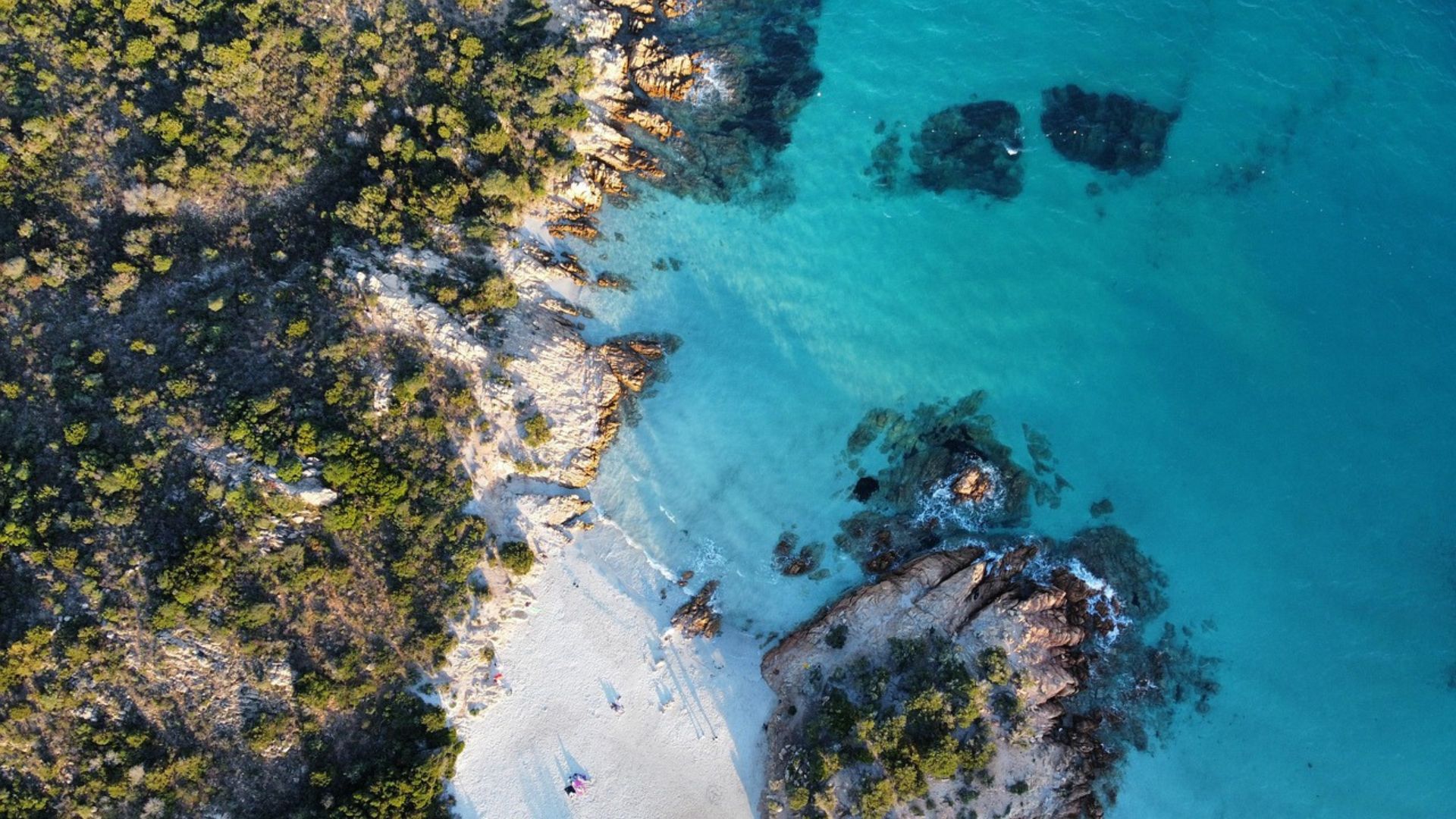
Planning Your Visit to La Pelosa Beach
If you want a perfect day at La Pelosa, you’ll need to plan ahead, but honestly, it’s worth every bit of effort. I’ve been a few times and picked up some tips along the way.
Best Times to Visit and Beach Guidelines
La Pelosa feels most magical in May, June, or September—fewer people, warm weather, and lower prices. July and August get packed, and prices jump, so I try to skip peak season.
Heads-up: since 2020, you must reserve your spot in advance during summer! Book online before you go, as the beach strictly limits visitors to protect the ecosystem.
Some rules to keep in mind:
- No beach towels directly on the sand (bring a mat instead)
- You need to wash your feet before leaving
- Don’t take any sand (they’ll check your bags!)
- No smoking except in marked areas
If you go early (before 10 AM), you’ll get a peaceful vibe and the best light for photos.
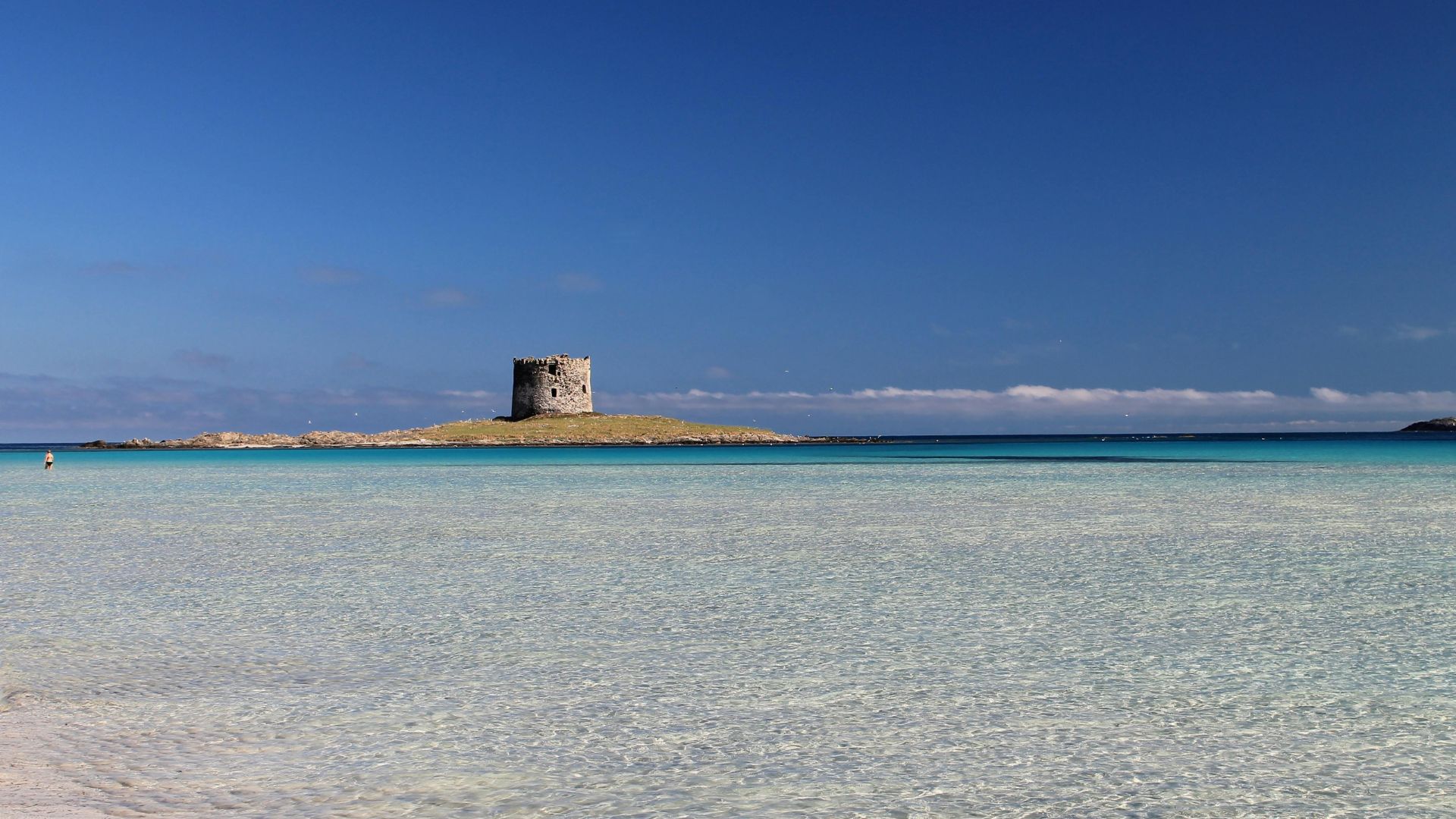
How to Get There and Transportation Tips
La Pelosa sits near Stintino on Sardinia’s northwestern tip. If you’re flying in, Alghero Airport is the closest—just about a 45-minute drive. Sometimes, you might spot better flight deals to Olbia from the USA, so it’s worth checking.
Here’s how you can get around:
- Rental car: Definitely the most convenient, but you’ll need to pay for parking (€10/day).
- Public bus: Runs from Stintino town and costs €1.50 each way.
- Taxi: Around €25 from Stintino.
- Bicycle: A lovely 20-minute ride from town if you’re up for it.
Honestly, I always recommend renting a car so you can explore other beaches nearby. The drive along Sardinia’s northern coast is just stunning—some of the views might even top any beach I’ve seen in Italy.
Once you arrive, park in the designated lot and walk the short path to the beach entrance.
Where to Eat Fresh Seafood
The seafood near La Pelosa blew me away—it’s some of the freshest I’ve ever tasted in Italy. You won’t see many restaurants right on the sand, but Stintino has some excellent spots waiting for you.
My top pick? Il Gabbiano, just five minutes by car from the beach. Their spaghetti with sea urchin honestly changed my life. If you want something laid-back, Bar La Pelosa has sandwiches and drinks right by the entrance.
Definitely try these:
- Bottarga (cured fish roe)
- Fresh grilled orata (sea bream)
- Arselle (tiny clams) in white wine sauce
Most restaurants close between 3 and 7 PM. I usually pack a small lunch for the beach, then save my appetite for a proper seafood dinner feast.


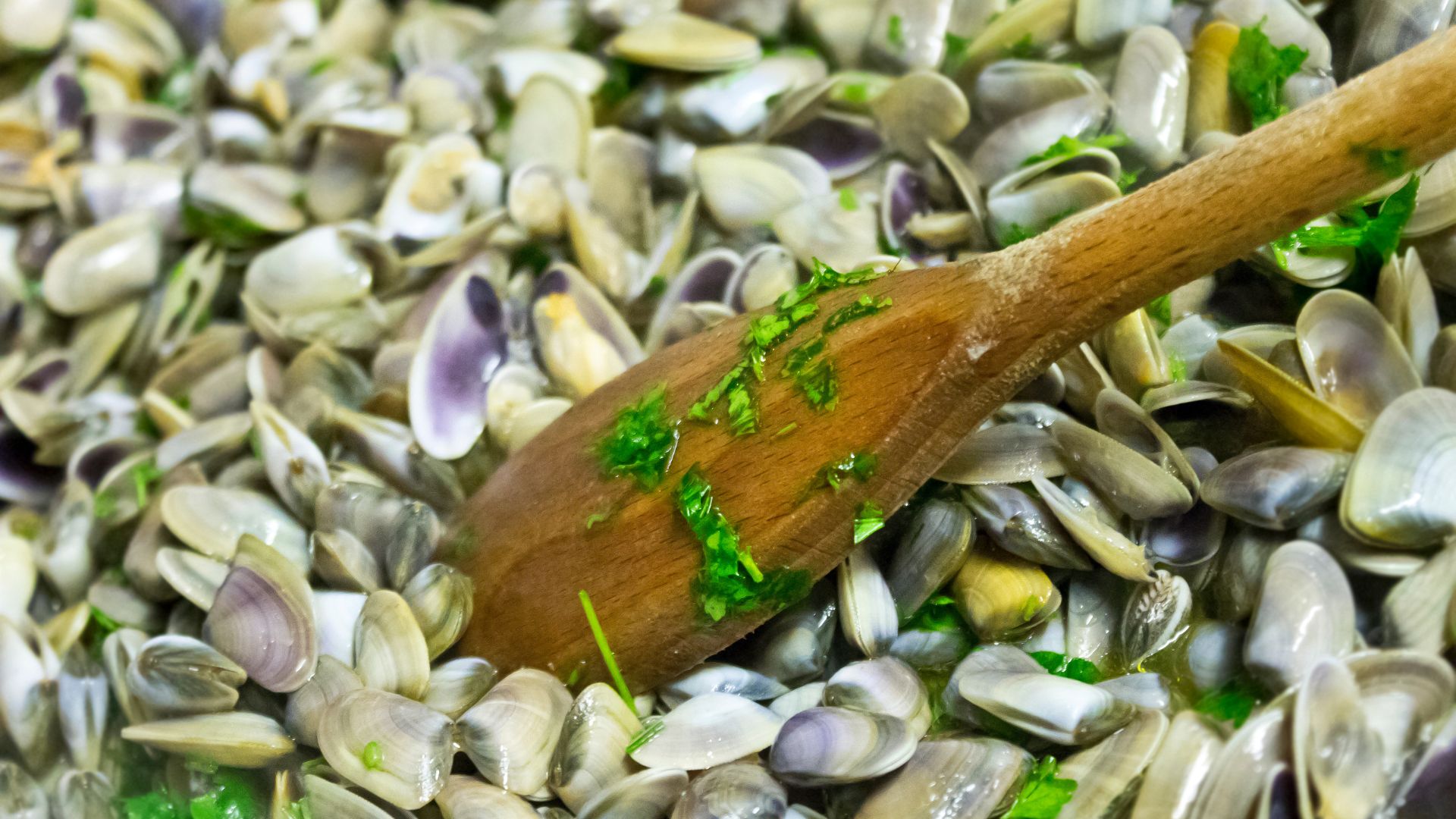
Other Unmissable Italian Beaches to Explore
La Pelosa is stunning, but Italy hides so many other breathtaking beaches. Over the years, I’ve explored quite a few, and some of these places could honestly rival the Caribbean with their clear water and wild scenery.
Spiaggia dei Conigli and Rabbit Beach
Spiaggia dei Conigli (Rabbit Beach) on Lampedusa truly blew me away with its powdery white sand and shallow turquoise water. It’s been called one of the world’s best beaches, and I can see why.
The water is so clear, I could watch little fish darting around my feet. What really makes this place special? It’s a protected nesting site for loggerhead turtles.
You’ll need to walk about 15 minutes down a rocky path to reach Rabbit Beach, but trust me, it’s worth it. If you can, go in the morning before the crowds roll in—especially in summer.
Cala Mariolu, Cala Rossa, and Cala Luna
Sardinia has plenty more gems besides La Pelosa. Cala Mariolu, with its tiny “snowflake” pebbles, shows off some of the clearest water I’ve ever swum in. The easiest way to get there is by boat from Cala Gonone.
Cala Rossa on Favignana island totally surprised me. The abandoned tuff quarries give the place a dramatic look, and the deep blue water is unreal. Sure, the rocky shore isn’t as comfy as sand, but swimming here is something else.
Cala Luna sits between tall limestone cliffs and honestly feels like nature showing off a bit. I spent hours poking around its caves and snorkeling in the bright water. You can reach the beach by boat from Cala Gonone or take on a tough but rewarding hike.
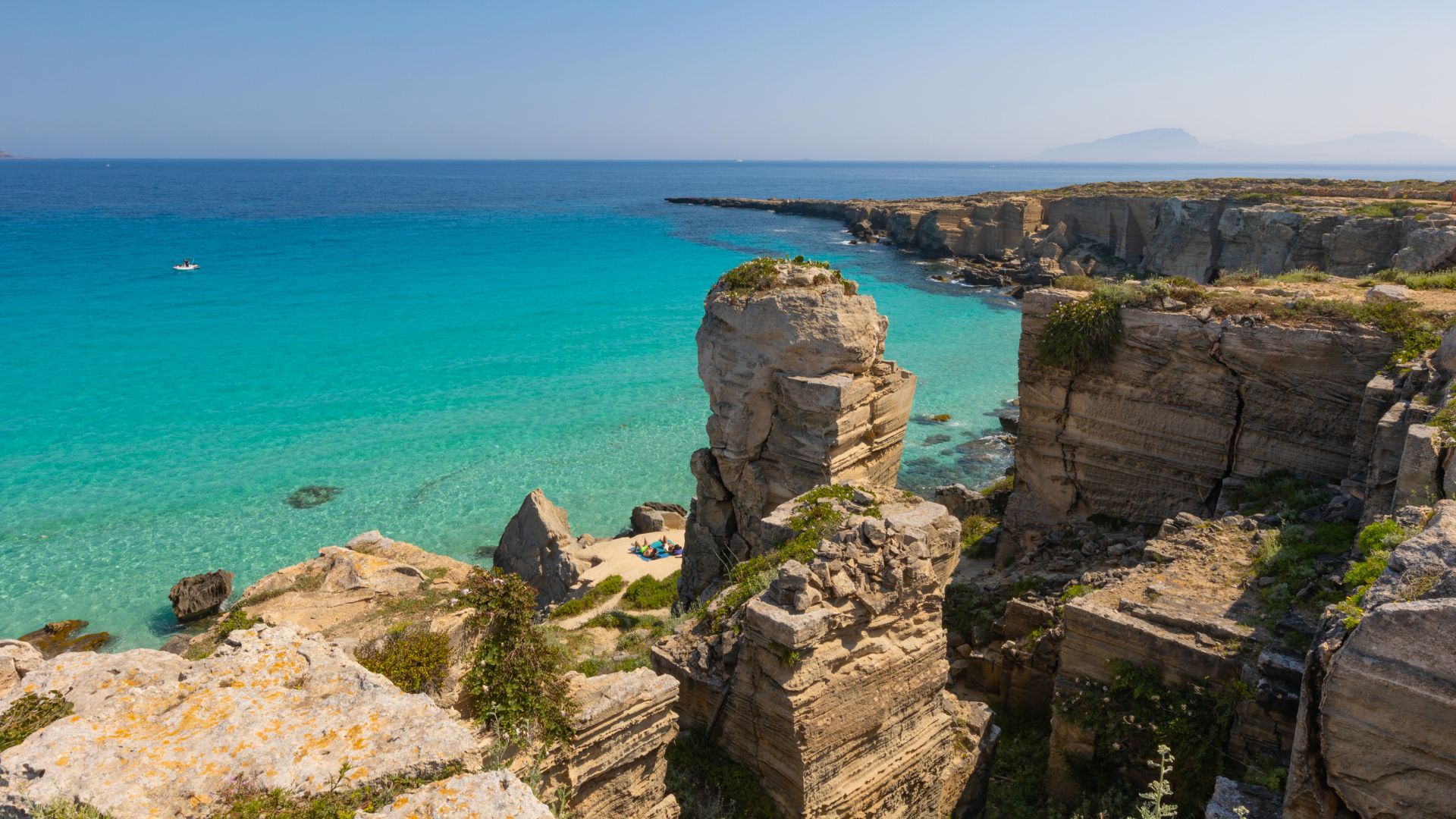
Capri, Isola Bella, and Cavoli Beach
Capri has a lot more going for it than just celebrity sightings. I found the small beaches tucked between the wild rock formations a bit magical. The Blue Grotto gets all the hype, but Marina Piccola became my favorite for its perfect views of the Faraglioni rocks.
Isola Bella near Taormina in Sicily isn’t just a beach—it’s a tiny island linked to the mainland by a skinny strip of sand. I loved watching the tide shift the shape of this little wonder throughout the day.
Cavoli Beach on Elba Island is great for a swim, even in early summer—the water stays warm and shallow. The granite mountains reflecting in the sea almost make it feel unreal. I liked that you get both sandy and rocky spots here, so there’s something for everyone.
Favignana, Elba, and the Egadi Islands
The Egadi Islands sit just off Sicily’s western coast, and honestly, they still feel refreshingly untouched by the crowds you find elsewhere.
When I landed on Favignana, I stumbled onto Cala Azzurra. The water’s so blue there, you almost want to check if it’s real.
Elba Island, once Napoleon’s not-so-willing home, has more than 70 beaches. I kept coming back to Biodola—soft golden sand, a gentle slope into the sea, and just the right vibe for families.
If you’re after real quiet, head for the smaller Egadi islands like Levanzo or Marettimo. You can only reach some of their swimming spots by boat.
I spent a whole day circling Marettimo by boat. I stopped at hidden coves, and most of the time, I was the only one swimming.
Ponza doesn’t get much international buzz, but Romans love it for weekend escapes. Chiaia di Luna, with its crescent shape and that dramatic white cliff, looks almost too perfect—like something out of a postcard.

